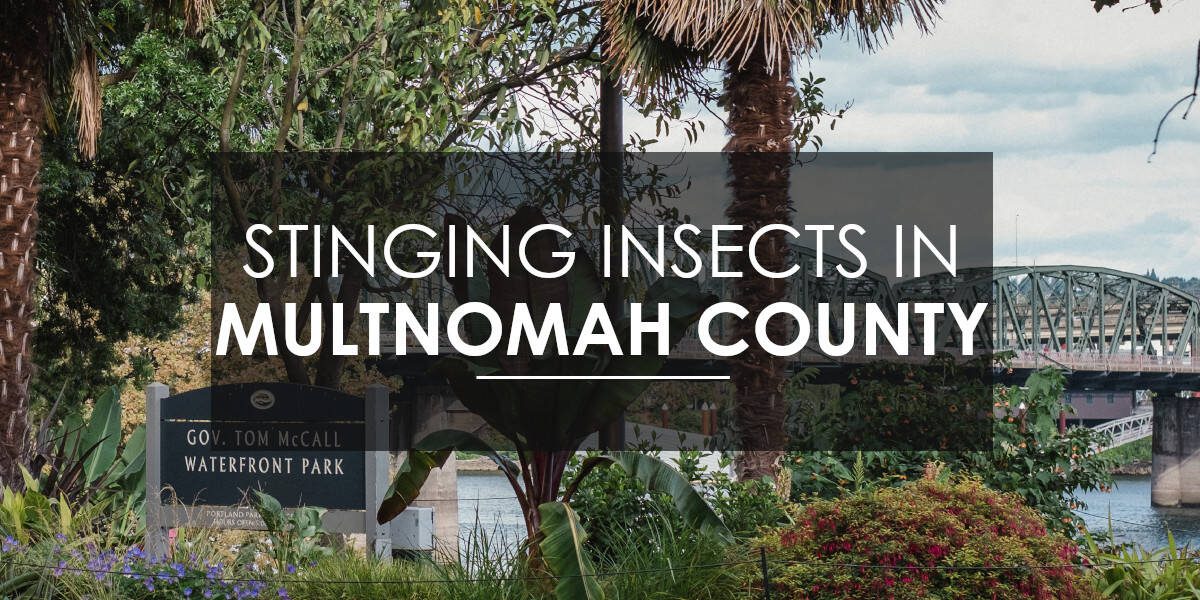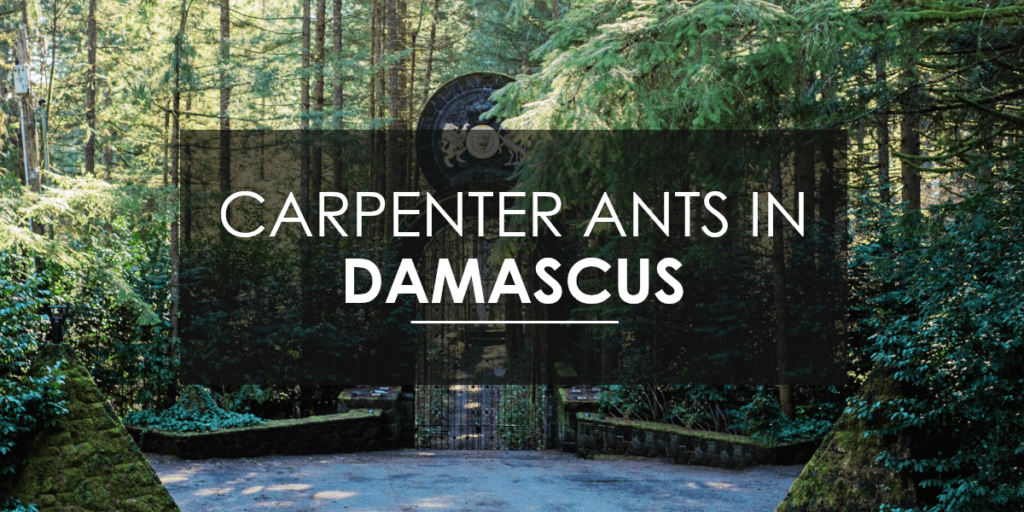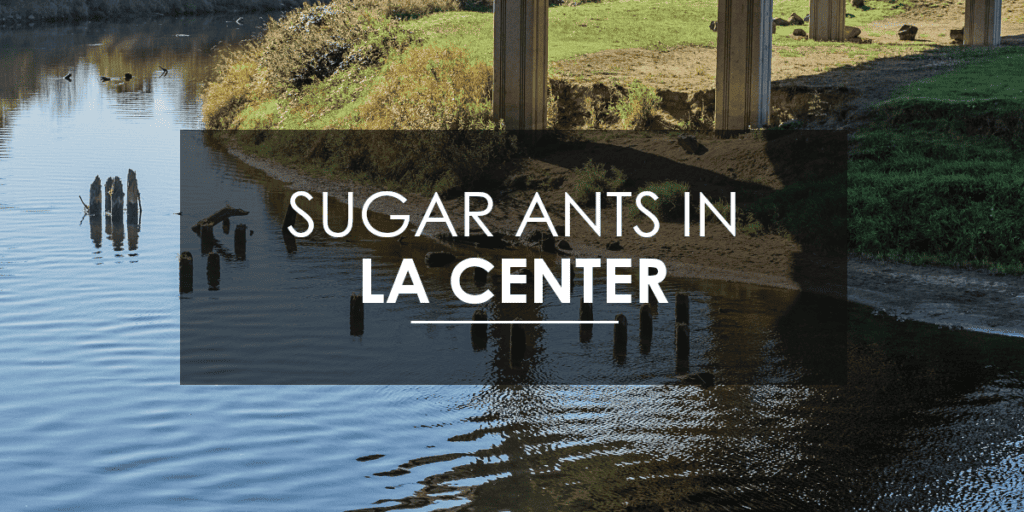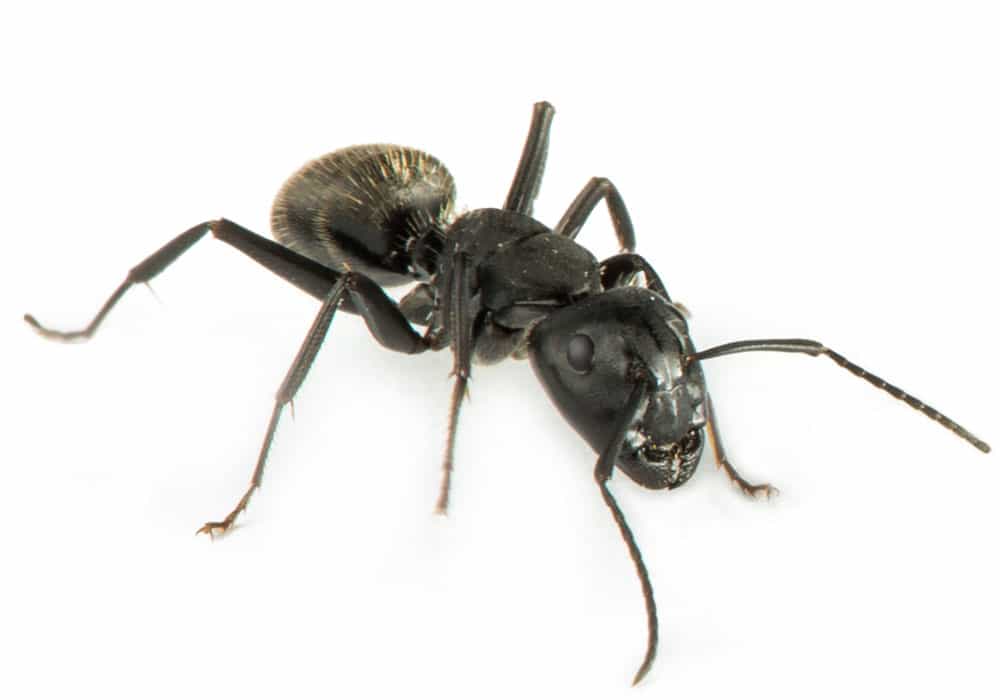It’s becoming an increasingly less well-kept secret that the spring and summer months in the Pacific Northwest are some of the most breathtakingly beautiful scenes in the entire nation. Our consistent rainy season and overall moderate temperatures make this area a virtual rainforest consisting of a gorgeous and wide variety of flowering and blooming plants.
And while we know that climate plays a key role in our plant life, we also know that pollination is essential to its existence. Bees are the most widely known pollinators, but did you know that wasps and hornets also play a key role in the pollination of flowering plants? It’s true! That said, while these creatures have an important job they’re responsible for, they can also pose a threat to you and your loved ones should they choose to set up shop near your home and on your property.
At Aspen Pest Control, we have the experience and commitment to giving you and your loved ones peace of mind through our pest control services. We wait patiently all winter to enjoy our outdoor spaces through spring, summer, and fall, and having your home and property protected through regular pest maintenance means you’ll have an even better time in the great outdoors of your own backyard!
Wasps, Hornets, and Yellow Jackets: Know the Difference!
The term “wasp” is sometimes used as a catchall to describe a wide variety of stinging insects. One important distinction to understand is that hornets and yellow jackets are both different, specific types of wasps, and what we usually refer to as a basic or standard wasp is called a paper wasp.
Each of these types of wasps possess nuances that are important to understand. Here are some key differences between paper wasps, hornets, and yellow jackets in Multnomah County.
Paper Wasps In Multnomah County
Approximately one-half to one-and-a-half inches in size, paper wasps are one of the most common stinging insects found in North America and in the Pacific Northwest. They are commonly identified by their appearance — alternating patterns of black or dark brown and yellow.
They love to consume nectar, making them crucial pollinators (and a friend to all gardeners), and also dine on a diet of insects including flies, larvae, and caterpillars, making them in some respects an ally to the exterminator, as well! But before we start breaking out the friendship bracelets, it’s equally if not more so important to note that the paper wasp can be aggressive in its behavior toward humans and pets, especially in those instances where they feel the well-being of their nest is being threatened.
The construction of their nests is where the paper wasp derives its name, whereby the insect creates a building material out of a combination of its own saliva, wood fibers, and plant matter. This paper-like material is then wrapped around the comb-like structure where the colony resides. They prefer flat, horizontal surfaces to build these nests, making eaves, soffits and other similar pieces of human construction the perfect places for paper wasps to set up shop.
Though paper wasps don’t burrow into the wood of your home to construct their nests, these nests can still do aesthetic damage to your home, which is yet another reason why we recommend a professional remove these nests from your property. The combination of potential physical harm and potential home damage requires an experienced hand to ensure that the job is done properly and you and your loved ones can continue your outside spaces all year long.
Hornets In Multnomah County
Hornets are very similar to paper wasps, can measure as many as two inches in length, and their abdomens can feature reddish brown markings in addition to the traditional yellow and black markings these insects are known to possess.
They construct their nests in the same manner as the paper wasp, using plant matter, wood fiber, and saliva as a building material. Hornets will mature from egg to adult inside the nest. Hornets, like many insects, live in a queen-centric society, where only the queen reproduces. Males are scant to the colony, and those that do exist as part of the colony live only to mate with the queen, and will die shortly thereafter.
All other members of the colony are asexual females whose sole role is to protect and preserve the livelihood of the colony. Before the queen herself dies, she will produce a new generation of queens, workers, and male partners to continue the colony’s life cycle.
The hornet’s diet consists of sap, nectar, and insects such as bees, caterpillars, grasshoppers, crickets, and flies.
Like paper wasps, hornets aren’t typically outwardly aggressive unless they feel the colony is under threat, resulting in painful stings for those on the receiving end. If you see the presence of hornets or a hornet nest, do not hesitate to seek out professional assistance. These types of insects tend to establish patterns in terms of where they build their colonies, so regular maintenance and removal of their nests can help break these patterns and cause them to seek other places to establish themselves.
Yellow Jackets In Multnomah County
Yellow jackets, while technically wasps, are distinctly different from their paper wasp and hornet counterparts. One crucial difference: They’re not known as pollinators in the same way that other wasps are. While they will feed on fruit, nectar, caterpillars, grubs, and other insects, yellow jackets are also deeply attracted to meat, trash, and whatever sweet substances they can get their six legs on.
If you’ve ever been to an outdoor party or a venue that has a trash can containing food waste, odds are you’ve seen some yellow jackets fluttering about doing their best to consume all they can.
Another important distinction about the yellow jacket is the manner in which they build their basketball-size nests. Unlike the paper wasp or hornet who construct their nests on many person-made areas, yellow jackets like to build their nests in hidden, low-to-the-ground areas where the colony can thrive unseen. Think places like cavities in trees, rodent nests, or shrubs.
Perhaps the most crucial difference between the yellow jacket and its wasp cousins is their level of aggression. Yellow jackets are offensive aggressors and will defend their colony even if the person present isn’t even aware they are near the nest. Yellow jackets can sting rapidly, repeatedly and painfully, so steer clear at all costs. We never recommend approaching these nesting sites or trying to remove them on your own.
Call Aspen Pest Control For Wasp, Hornet, and Yellow Jacket Extermination In Multnomah County
If you want to ensure that you and your loved ones have a spring and summer free of stinging insects, call us Aspen Pest Control today.
We guarantee total eradication of your stinging insect infestation, and include nest removal as a basic part of our service. We can serve up to the second floor eaves on almost all homes, and use special equipment to ensure that the removal is safe and your home is free from damage.
You deserve the summer dreams are made of. Our regular customers enjoy peace of mind knowing if the wasps come back, we do too, free of charge, because our results are 100% guaranteed. Call Aspen Pest Control today for your free quote!







